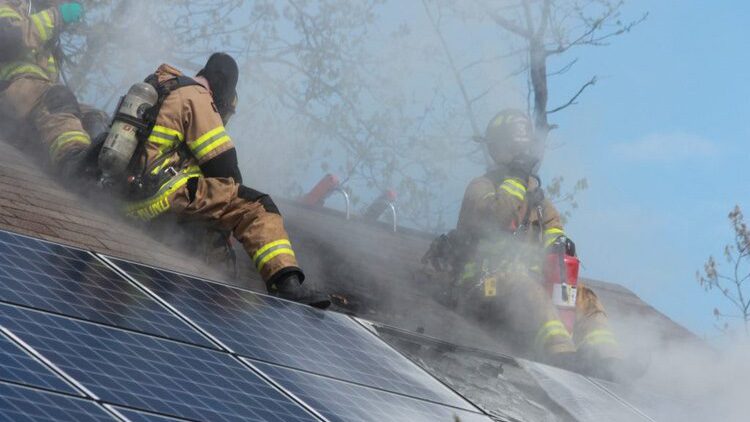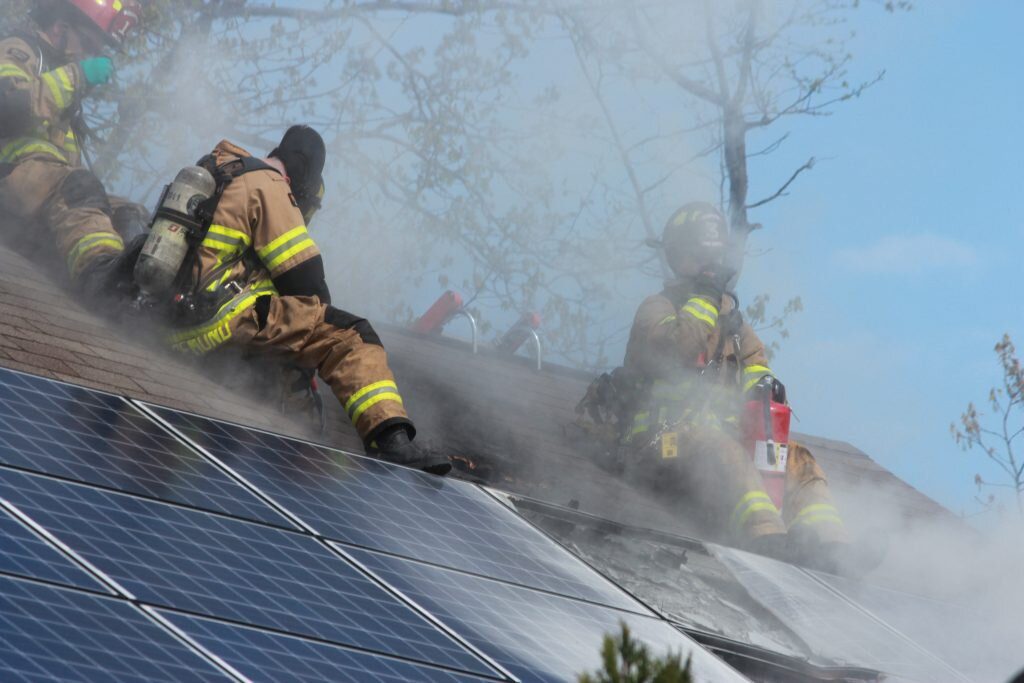
Technical Article
NEC 2020 Rapid Shutdown Requirements
Section 690.12 of the 2020 National Electrical Code (NEC 2020) covers rapid shutdown requirements which, with a few exceptions, have largely remained unchanged since the last Code cycle (NEC 2017). For the majority of installers, there are not many practical changes. Nonetheless, rapid shutdown represents a vitally important safety requirement for solar PV systems, and system designers and EPCs should be familiar with these requirements.
Language Changes
One smaller, but notable, change is in the language regarding “emergency responders.” NEC 2020 explicitly calls out firefighters, most likely because the reality is that rooftop solar is a hazard to firefighting operations but generally isn’t going to be a hazard to medical or law enforcement emergency responders.
The update also clarifies which circuits in particular need to be addressed by the rapid shutdown requirements –specifically, the DC conductors and the output circuits of the inverter that originate from inverters located within the array boundary. That would typically refer to microinverters. It could also refer to string inverters mounted in the center of, or immediately adjacent to, a rooftop array.
The same array boundary controls are in place in NEC 2020 as in NEC 2017, where the array boundary is defined as one foot from the array in all directions. The requirements outside the array boundary are also the same as NEC 2017: “controlled conductors must be less than 30 V in less than 30 seconds.”
690.12 (B)(2)(1)
The most notable change in NEC 2020 pertains to guidelines inside the array boundary. Instead of requiring a UL-listed or field-labeled rapid shutdown system, they now require a UL-listed or field-labeled “PV Hazard Control System” (PVHCS). The PVHCS is defined by UL 3741, which gives guidance on how to evaluate a system for PVHCS compliance through extensive discussion of the current and voltage hazards a firefighter may experience during typical firefighting operations. You might find it interesting to note that the standard body is evaluated as a female body for the purposes of determining the tolerance for current and voltage in typical firefighting operations. Equality.

For most installers, it still makes sense to refer to part 2 (690.12 (B)(2)(2)) when determining which rapid shutdown requirements to follow. That means less than 80 V in less than 30 seconds within the array boundary, which should be a familiar metric for most installers. Part 3 (690.12 (B)(2)(3)) still refers to BIPV, which is also unchanged from 2017.
690.12 (C)
Initiation device rules changed from allowing up to six rapid shutdown switches (RSD) for a single PV system in NEC 2017 to requiring a single RSD per PV system in NEC 2020. The new iteration of the NEC also notes that there can still be up to six rapid shutdown switches on a single service; however, if a PV system must have a single RSD dedicated to it, then those six RSDs would imply a connection to six distinct PV systems.
In practice, some installers have used multiple breakers–up to six for a single PV system comprised of AC modules or microinverters feeding into a combiner panel. Those individual breakers represented up to six rapid shutdown switches for a single PV system. Moving forward, that type of system would need a single disconnect or RSD, which could be a breaker, main breaker in the breaker panel, or could be a separate disconnect or another rapid shutdown device listed for rapid shutdown.
Informational Notes
The informational note in 690.12(C)(3) has been updated to acknowledge that not only could a rapid shutdown switch serve standby systems, but it could also serve standalone systems which would not have the service disconnect as a rapid shutdown switch and may not have a PV AC disconnect to initiate rapid shutdown.
Another informational note was removed from NEC 2017 that cautioned installers to be aware that non-rapid-shutdown-compliant inverters could have potentially energized DC input circuits for up to five minutes after AC disconnect. Perhaps at this point in time it is safer to assume that all inverters installed on permitted and inspected systems are going to be UL 1741 compliant.
To read more about solar and the NEC, check out our previous posts on PV disconnect placement per NEC 2017 and solar-plus-storage systems and the NEC.


